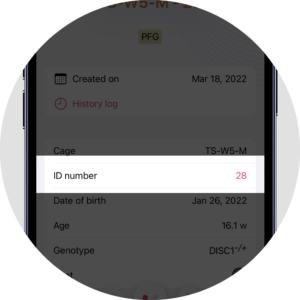Identification
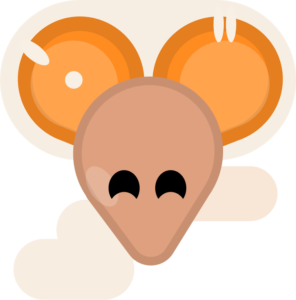
Identifying your Animals
With hundreds to thousands of animals in a colony, keeping track of individuals can be challenging.
Providing a unique identifier to each animal is therefore important.
On Tails, multiple methods of identification can be used.
Ear tag, a physical tag is placed on the animal’s ear.
Ear punch, holes are made on the animal’s ear and encode an underlying value.
RapID tag, a scannable physical tag on the animal’s ear.
Tattoo, a permanent mark on the animal’s body.
RFID microchip, inserted under the skin.
Name, non-physical value associated to an animal.



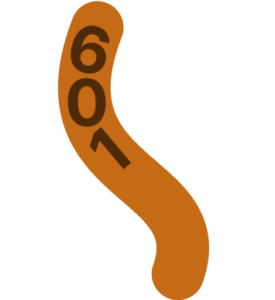


I'm using a different method, what should I do?
If you’re using any other method that uses a unique sequence of characters and/or numbers as a mean of identification, simply select the closest method. Those options are highly customizable and allow for any character input, just write down the value in specified textfield.
Adding Identifications
How do I add an ID to my animal?
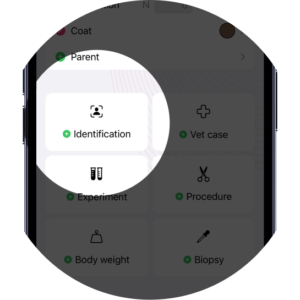
1. Add Button
You can add an ID to one, or several, animals by clicking on the indicated card.
This can be found on your animal’s Detail page, or on the New Cage and New Animal forms.
2. Select a Method
You will then be prompted to select the method of identification.
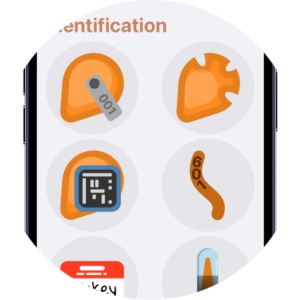
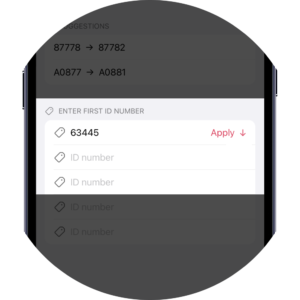
3. Input the ID(s)
Animal IDs generally follow a sequence. When creating or updating several animals at once, just input the first element of that sequence and propagate down. You can always manually edit each textfield.
This can also work with letter/number combos.
4. Notice
Tails cannot scan your RapID tags, nor can it read out your RFID microchip. You will need to manually input those values.
Only one value per method can be associated to a single animal. For example, a mouse could have an ear tag as well as a name, but it cannot have multiple names.
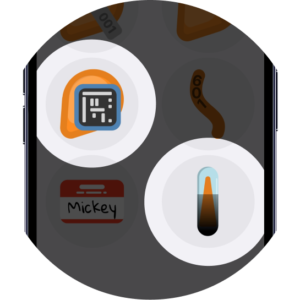
Ear Punch
Ear punching, or notching, is a bit different.
Let’s have a look below.
Ear Punch Values
On Tails, a punch, notch, or incision has a corresponding value. For example, in this specific system, an Upper Notch on the Left ear (LUN) corresponds to the value 10, while a middle punch on the Right ear (R) corresponds to the value 4.
Therefore, this animal has the id 14.
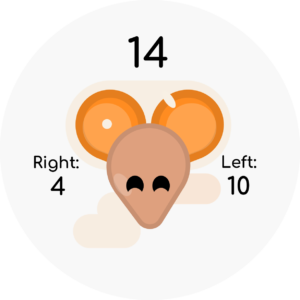
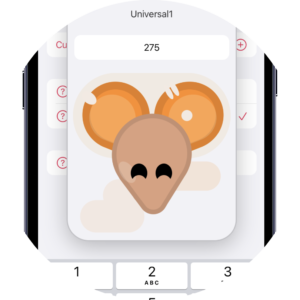
Punch System
A punch, notch, or incision could represent any underlying value. But not everyone uses the same value for the same marking. As such, this can lead to much confusion. Matching markings with values is what we refer here as a punch system.
Tails comes with three pre-made systems, Universal-1, Universal-2, and the Basic system.
On Tails, you can always find a dynamic legend for the system by clicking on the ? button and selecting a value, as found on this image.
Creating your Own System
If you’d rather use a custom system, feel free to create your own.
When creating a new system, choose a marking from the dropdown menu for the selected value.
You do not need to fill-in each cell, only select those that apply to your specific system. However, note that Tails will not check for inconsistencies.
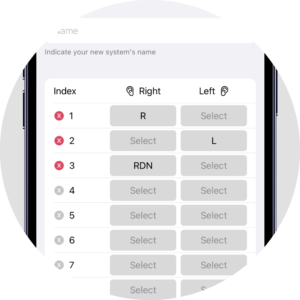
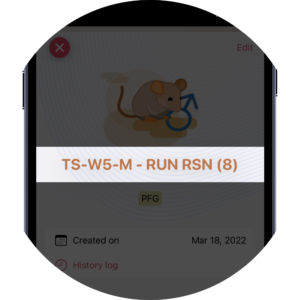
Naming
When using the ear punching method, the available array of values is limited (max 999). As such, animal IDs will come to repeat themselves.
For that reason, the cage ID is added to construct a fuller individualized animal ID.
By default, Tails will only show the ear punching’s corresponding value. You can turn on Show ear code in your settings to see the markings’ acronyms as well.
Here for example, the cage ID is TS-W5-M, and the animal’s ear punch corresponds to value 8. The Show ear code setting is turned on, therefore showing the markings’ acronyms as well: Right Upper Notch and Right Side Notch.
Visualizing the Ear
As your system gets more complicated, it becomes difficult to mentally visualize the markings on the ear and identify the animal.
Not to worry, on your animal’s detail view, just tap on the pink ID number and a pop-up will show a cartoon visualization of the ear.
